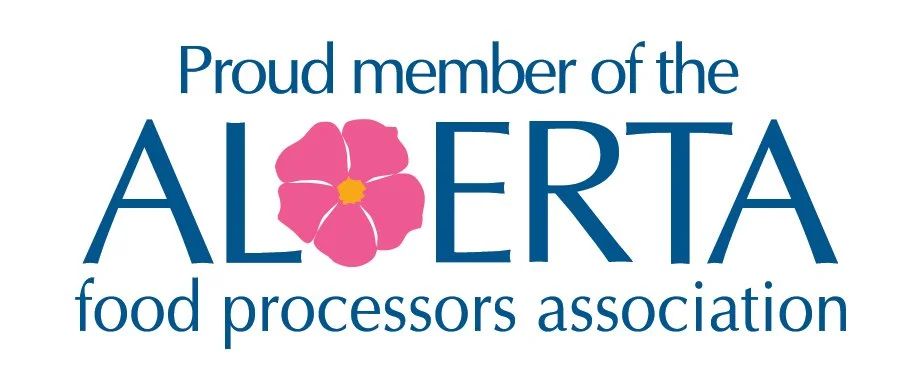Years ago, few of us in the energy sector would have predicted the national conflict Kinder Morgan Canada Inc. (TSX:KML)’s Trans Mountain Pipeline Expansion Project (TMEP) has created. Deliberations over the project, which will twin the existing pipeline, in operation since 1953, between Strathcona County, AB and Burnaby, BC, have been long-winded. With the May 31, 2018 deadline for the company to abandon the project fast approaching, the question of safety in relationship to tanker traffic off Canada’s West Coast has become one of the many environmentalist hotspots.
In the first part of our 2018 Tanker series, we review tanker traffic (current and post-TMEP), where the current traffic is destined, and the associated oil volumes. Our second part will dive into spill risk and spill history in or near Canadian waters and discuss the potential risk of increased tanker traffic due to TMEP. In our final piece we will wrap everything up and hopefully include good news regarding the continuation of the project.
Where is Trans Mountain Pipeline Currently Moving Oil?
Currently, four percent of the oil coming from Trans Mountain’s Edmonton Terminal goes to the Kamloops Terminal where there are two storage tanks. 33 percent goes to the Burnaby Terminal where crude oil is delivered and temporarily stored in 13 storage tanks for distribution to Westridge Marine Terminal for shipping. 9 percent goes directly to Westridge, which in addition to shipping crude oil also receives jet fuel that is then delivered to Vancouver International Airport through the jet fuel pipeline system. And finally, 54 percent of crude oil moved by Trans Mountain Pipeline goes to the Puget Sound System in Washington for delivery to the state’s refineries at Anacortes, Cherry Point, and Ferndale.
Tanker Facts
Over half of the world’s oil travels by tanker. The capacity of these vessels is measured in dead weight tonnes (DWT), which is the total weight a ship can carry including fuel cargo, crew, and provisions. This weight can range from a few thousand DWT on smaller vessels to 550,000 DWT on the largest.
Canada’s oil tanker movements are primarily out of its seven largest shipping ports: Vancouver, BC; Quebec City, QC; Montreal, QC; Come by Chance, NF; Newfoundland Offshore; Port Hawkesbury, NS; and Saint John, NB. According to Transport Canada, these ports see approximately 20,000 tanker movements annually, and of these, 17,000 (85 percent) are off the Atlantic Coast. Below is a snapshot of the transportation of oil as cargo in Canadian waters by region:
Energy East, its logical development, and its potential benefit can be discussed another day. On the West Coast, where we will focus our discussion, Canada saw roughly 197,513 vessel departures and arrivals in 2015. Of these, 1,487 were tankers, making up 0.75 percent of total traffic. Oil on the West Coast is moved primarily through three ports: Prince Rupert, Kitimat, and the largest, Vancouver. Approximately 700,000 barrels of oil per day move through the Vancouver region via barges, and refined tankers, and each month five outbound tankers carrying crude make their way to the ocean. TMEP is forecast to increase this number to up to 37, which will account for 14 percent of today’s marine traffic in Port of Vancouver. Aframax tankers, which have a capacity of 80,000 to 120,000 DWT or 850,000 barrels, are the largest tankers permitted to operate out of this port, and this will not change after TMEP. To accommodate the increased volume TMEP will create, Burnaby’s Westridge Marine Terminal will undergo a significant expansion based on the loading of tankers up to Aframax size. This will include the construction of three new berths, though it is unlikely they will ever all be full at the same time. After TMEP, this terminal will move as much as 630,000 barrels per day (bpd) of the total 890,000 bpd expected to be moved by Trans Mountain after the expansion project.
Canadian vs. American Tankers
At any given time, the current ratio of Canadian tankers to US tankers in the Salish Sea (the collection of Puget Sound, the Juan de Fuca Strait, and the Strait of Georgia near Vancouver) is roughly one to nine, meaning marine traffic off Canada’s West Coast is primarily American by a large percentage. There are five refineries in Washington state versus one in British Columbia to drive this discrepancy. The following map represents tanker traffic density in the Pacific region and the route Alaskan tankers take from Alaska to Washington State. The amount of tanker traffic in the Juan de Fuca Strait (which is bordered by British Columbia to the north and Washington state to the south) is astounding – mostly due to the amount of volume INTO Washington. Approximately 1.2 million barrels per day travel through the Strait, and of these, about 500,000 barrels are en route to the Seattle area and have mostly come directly from Alaska.
Washington is heavily reliant on foreign oil imports, as the state is not permanently connected to the U.S. oil market. 46 percent of the state’s oil was imported by tanker in 2017, with the remaining amount supplied by trains and the existing Trans Mountain pipeline. In 2017, 102 million barrels of oil moved through Washington Ports. According to Washington’s Department of Ecology, up to 70 percent of oil imported by sea came directly from Alaska. This oil must cruise the entire British Columbia coastline, whereas oil tankers filling up at Burnaby’s Westridge Terminal head straight West to the open ocean.
Examining the Risk
Even after TMEP, the number of tankers carrying diluted bitumen from British Columbia will be miniscule compared to foreign tankers travelling through the same waters. However, the increase in volume has still raised some alarm, especially regarding the potential of spills and the environmental impact they bring with them. In our next installment, we will explore the history of oil spills in Canadian Waters, both on the East and West Coasts, and the safety and preventative measures being proposed by Kinder Morgan and the Canadian Government to negate these accidents.









